Nationality Belgian | Role Mathematician Name Pierre Deligne | |
Institutions Institute for Advanced StudyInstitut des Hautes Etudes Scientifiques Alma mater Universite libre de Bruxelles Doctoral students Le Dung TrangMiles ReidMichael Rapoport Notable awards Education Universite libre de Bruxelles Books Commensurabilities Among Lattices in PU (1,n) Similar People | ||
What do we mean by "equal" - Pierre Deligne
Introduction to works of Takuro Mochizuki - Pierre Deligne
Pierre René, Viscount Deligne ([dəliɲ]; born 3 October 1944) is a Belgian mathematician. He is known for work on the Weil conjectures, leading to a complete proof in 1973. He is the winner of the 2013 Abel Prize, 2008 Wolf Prize, 1988 Crafoord Prize, and 1978 Fields Medal.
Contents
- What do we mean by equal Pierre Deligne
- Introduction to works of Takuro Mochizuki Pierre Deligne
- Biography
- Awards
- Selected publications
- Hand written letters
- Concepts named after Deligne
- References
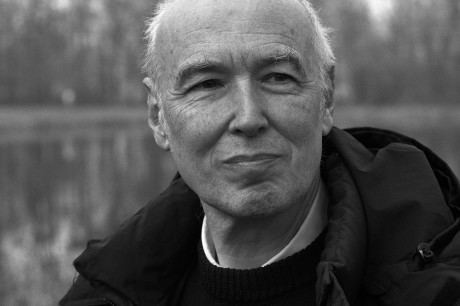
Biography
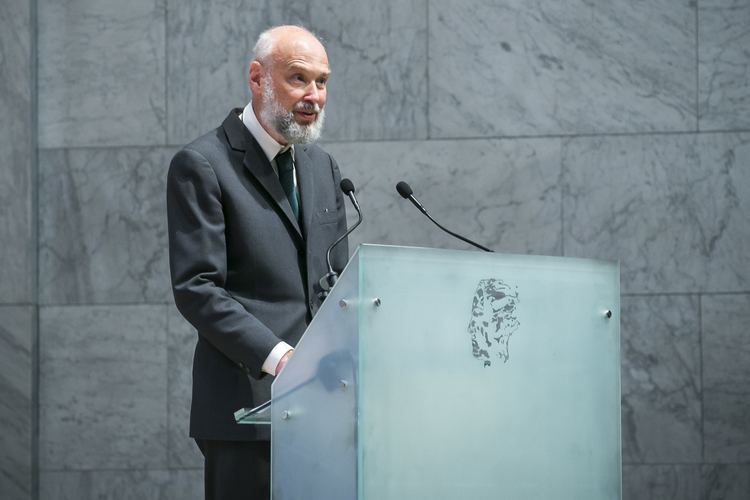
Deligne was born in Etterbeek, attended school at Athénée Adolphe Max and studied at the Université libre de Bruxelles (ULB).
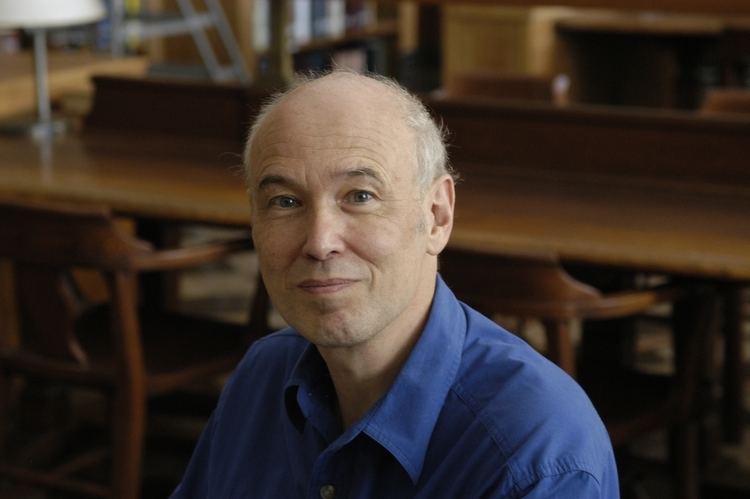
After completing a doctorate under the supervision of Alexander Grothendieck, he worked with him at the Institut des Hautes Études Scientifiques (IHÉS) near Paris, initially on the generalization within scheme theory of Zariski's main theorem. In 1968, he also worked with Jean-Pierre Serre; their work led to important results on the l-adic representations attached to modular forms, and the conjectural functional equations of L-functions. Deligne's also focused on topics in Hodge theory. He introduced weights and tested them on objects in complex geometry. He also collaborated with David Mumford on a new description of the moduli spaces for curves. Their work came to be seen as an introduction to one form of the theory of algebraic stacks, and recently has been applied to questions arising from string theory. Perhaps Deligne's most famous contribution was his proof of the third and last of the Weil conjectures. This proof completed a programme initiated and largely developed by Alexander Grothendieck. As a corollary he proved the celebrated Ramanujan–Petersson conjecture for modular forms of weight greater than one; weight one was proved in his work with Serre. Deligne's 1974 paper contains the first proof of the Weil conjectures, Deligne's contribution being to supply the estimate of the eigenvalues of Frobenius, considered the geometric analogue of the Riemann hypothesis. Deligne's 1980 paper contains a much more general version of the Riemann hypothesis.
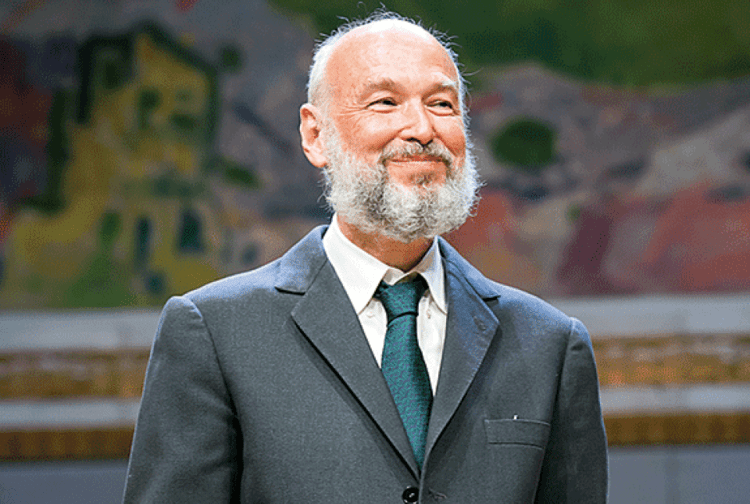
From 1970 until 1984, when he moved to the Institute for Advanced Study in Princeton, Deligne was a permanent member of the IHÉS staff. During this time he did much important work outside of his work on algebraic geometry. In joint work with George Lusztig, Deligne applied étale cohomology to construct representations of finite groups of Lie type; with Michael Rapoport, Deligne worked on the moduli spaces from the 'fine' arithmetic point of view, with application to modular forms. He received a Fields Medal in 1978.
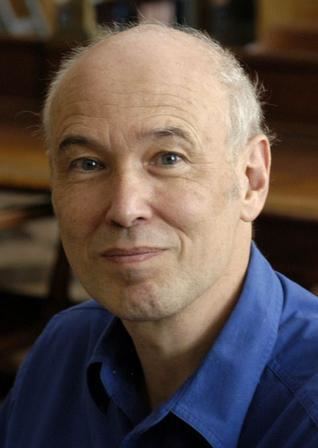
In terms of the completion of some of the underlying Grothendieck program of research, he defined absolute Hodge cycles, as a surrogate for the missing and still largely conjectural theory of motives. This idea allows one to get around the lack of knowledge of the Hodge conjecture, for some applications. He reworked the Tannakian category theory in his 1990 paper for the Grothendieck Festschrift, employing Beck's theorem – the Tannakian category concept being the categorical expression of the linearity of the theory of motives as the ultimate Weil cohomology. All this is part of the yoga of weights, uniting Hodge theory and the l-adic Galois representations. The Shimura variety theory is related, by the idea that such varieties should parametrize not just good (arithmetically interesting) families of Hodge structures, but actual motives. This theory is not yet a finished product – and more recent trends have used K-theory approaches.
Awards

He was awarded the Fields Medal in 1978, the Crafoord Prize in 1988, the Balzan Prize in 2004, the Wolf Prize in 2008, and the Abel Prize in 2013.

In 2006 he was ennobled by the Belgian king as viscount.
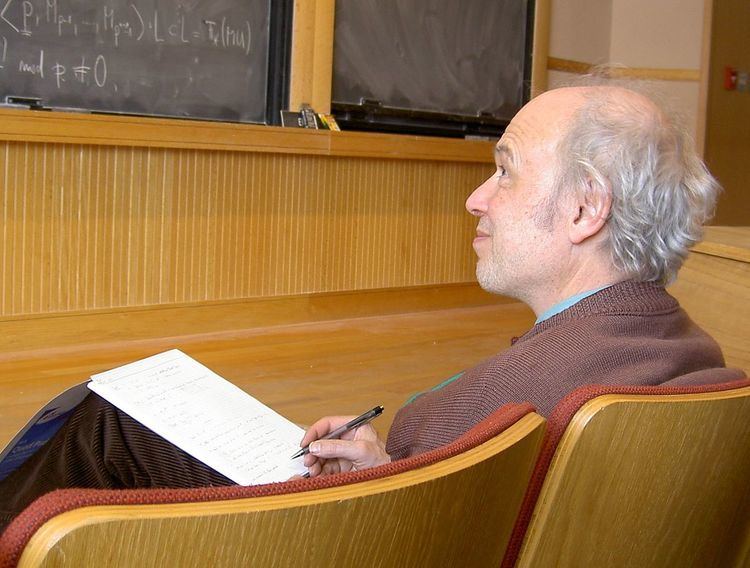
In 2009, Deligne was elected a foreign member of the Royal Swedish Academy of Sciences. He is a member of the Norwegian Academy of Science and Letters.
Selected publications

Hand-written letters
Deligne wrote multiple hand-written letters to other mathematicians in the 1970s. These include
Concepts named after Deligne
The following mathematical concepts are named after Deligne:
Additionally, many different conjectures in mathematics have been called the Deligne conjecture:
